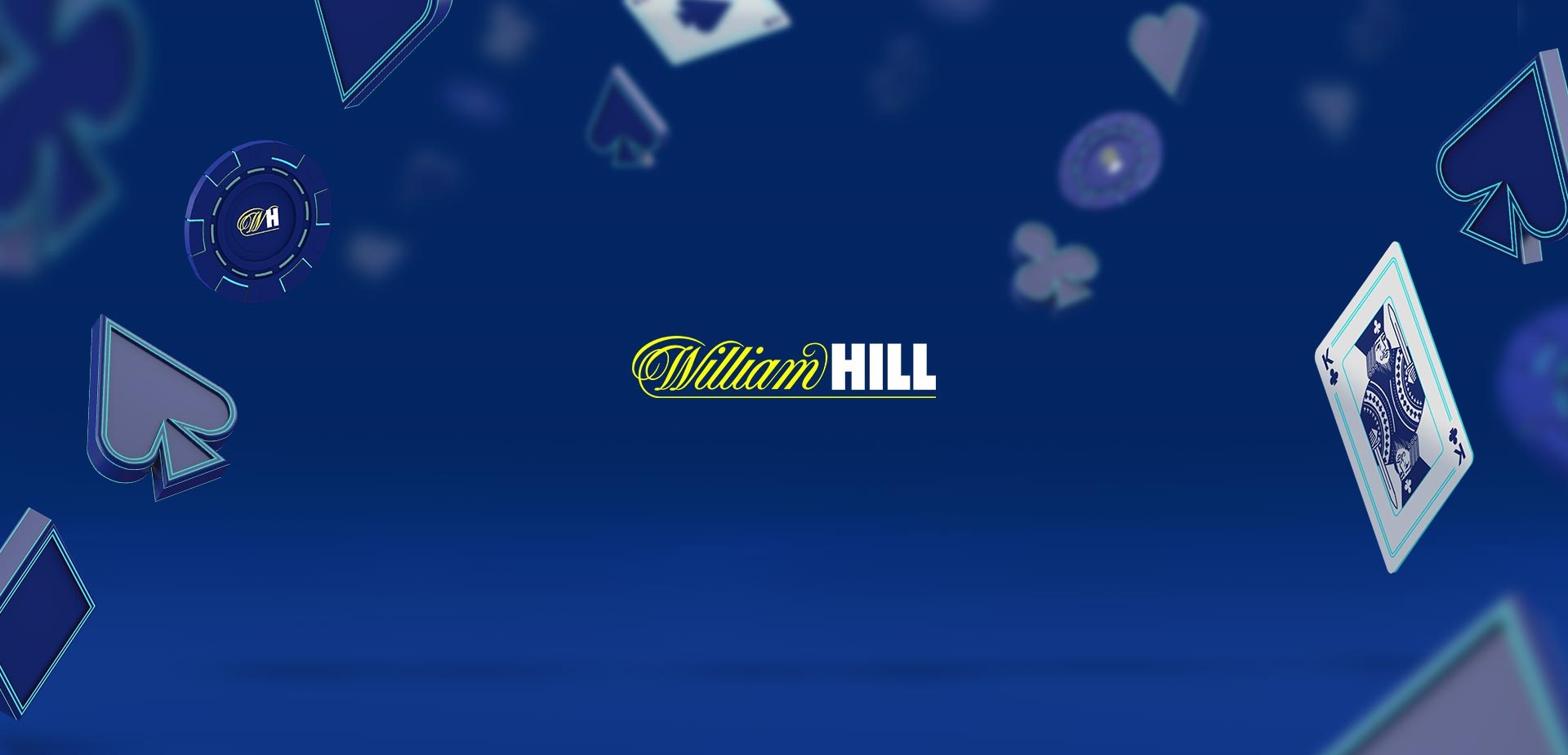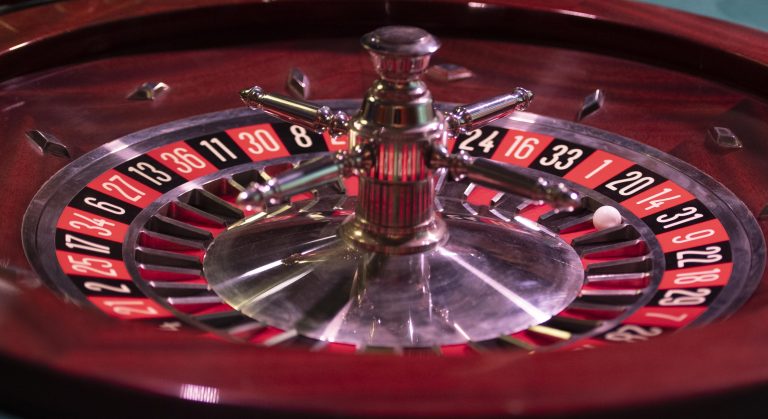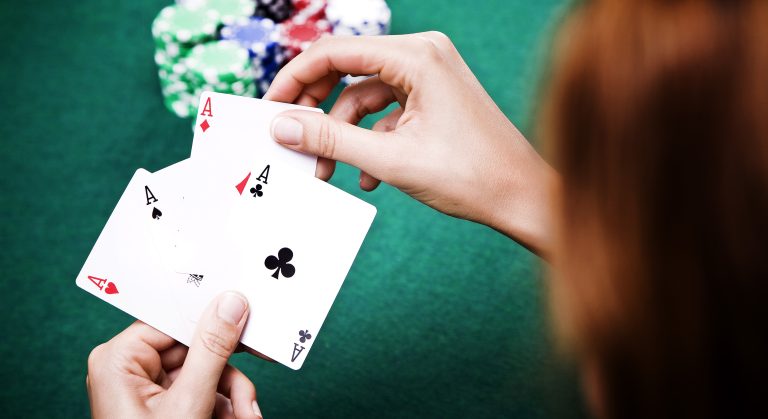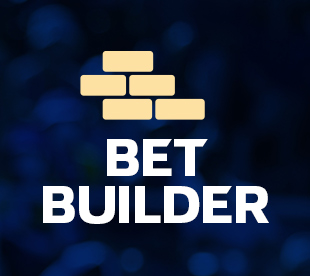Casino
Playing Poker The Game Theory Optimal Way – And How The Strategy Took Over The Game

As far as much of the world is concerned, GTO is the name of a 1960s American muscle car. To knowledgeable poker players, however, GTO is souped-up strategy that turned poker into a solvable game that can be played more from the brain than from the gut.
GAME THEORY OPTIMAL IS CREATED
The initials stand for Game Theory Optimal and the thinking behind it dates back to a time when computers were enormous and exotic – a long way from the laptops used to play poker online.
For players who deploy GTO, the approach is a moneymaking god send. Watch a televised poker tournament, which shows a player doing mathematical gymnastics as he contemplates a move over an opponent who has made a modest raise, and the environment is completely modern. However, the pro’s decision to cooly shove all in is often, in fact, rooted in complex thinking that first emerged in 1944.
That was the year in which the mathematician John von Neumann and economist Oskar Morgenstern coauthored a book called Theory of Games and Economic Behavior. The two geniuses behind the book cited poker as a prime game in which their theories can be proven out.
WHAT GTO TEACHES US
Essentially, by implementing game theory optimal strategies, players know when it is mathematically advantageous to bluff, raise, call or fold. For decades, though, that kind of thinking was purely theoretical. No person’s brain can hold all the information necessary to implement game theory optimal poker moves into a game where human elements and incomplete information combine to create many variables.
For that reason, poker’s winningest players were people who understood the rough math of the game’s basic strategy and focused on exploiting opponents while largely playing from the gut.
COMPUTERS TO THE RESCUE
Then came big computing power. In 2015, a team of scientists announced that they used artificial intelligence to create a computer program that played perfect game theory optimal (or GTO) poker. It was geared to the heads-up limit version. Next came software for solving no limit with multiple players. As is the case with just about all forms of software, the computing power to run the poker-playing program got cheaper and easier to use.
In short order, so-called solvers were available for relative pocket change. Many poker players who hoped to make money at the game put up cash and bought one. Suddenly, it was not unusual for a player to have a computer-chipped poker coach in his pocket.
POKER SOLVERS FOR EVERYONE
“The game went from being a fuzzy art to a hard science,” former pro Liv Boeree told Scientific American magazine. “If you want play high stakes against the best … you’d get eaten alive” without a solver.”
She went on to state that the players who opted out of using solvers got left behind as the game moved forward and the skill-level of opponents increased dramatically. Serious players work with the solvers and memorize what to do in specific situations.
It turns poker into something more like high-level card counting with hundreds of deviations to memorize (casual card counters commit only 18 of these exceptions to memory; the James Grosjeans of the world pride themselves on memorizing many more). Away from the table, poker players study the game with solvers at their sides and live or die by the programs’ suggested moves.
USING GTO TO BE A WINNING PLAYER
One thing that players with solvers wind up doing is playing a wider range of hands than once seemed wise. It’s enough to flummox players who not employing GTO.
But, for the best in the game, GTO combined with exploitative play results in the most alluring profits. And for those who love poker with a passion, it’s reassuring to know that computers can take you only so far when it comes to playing a profitable game.






